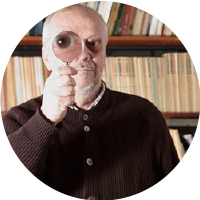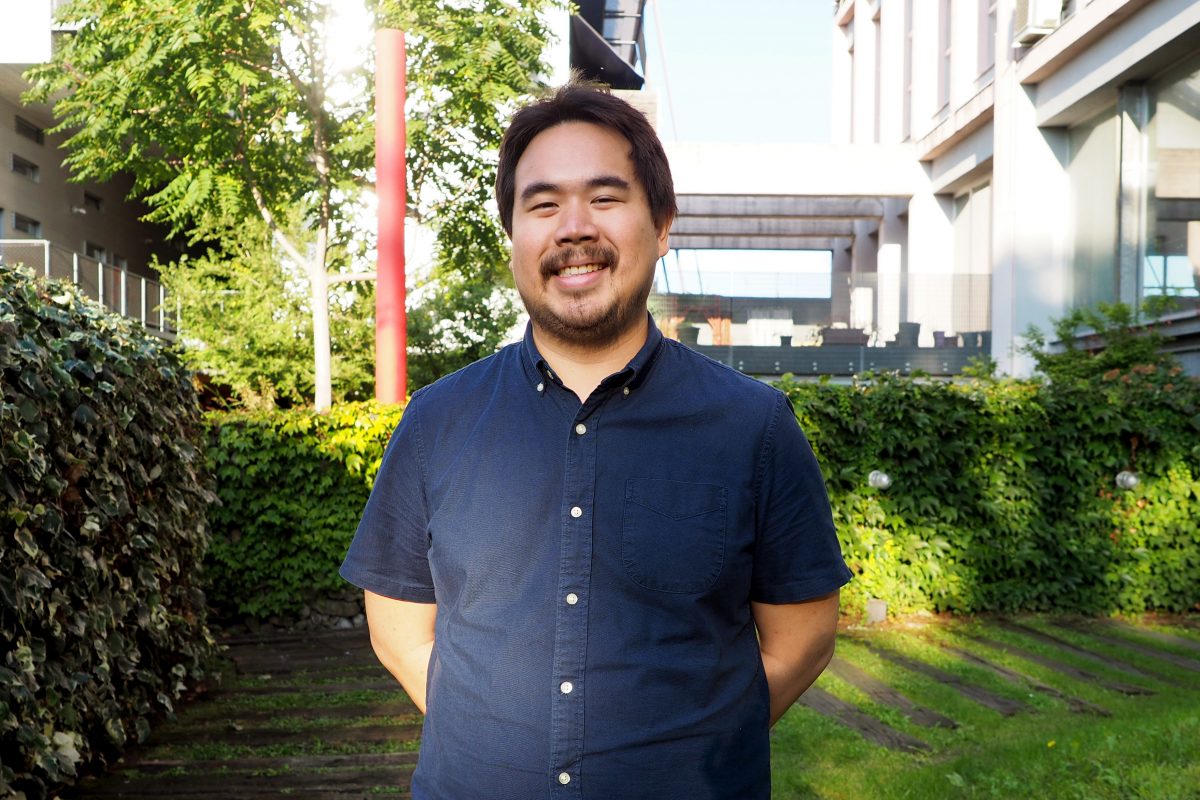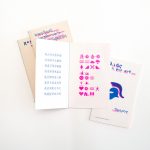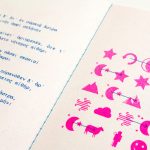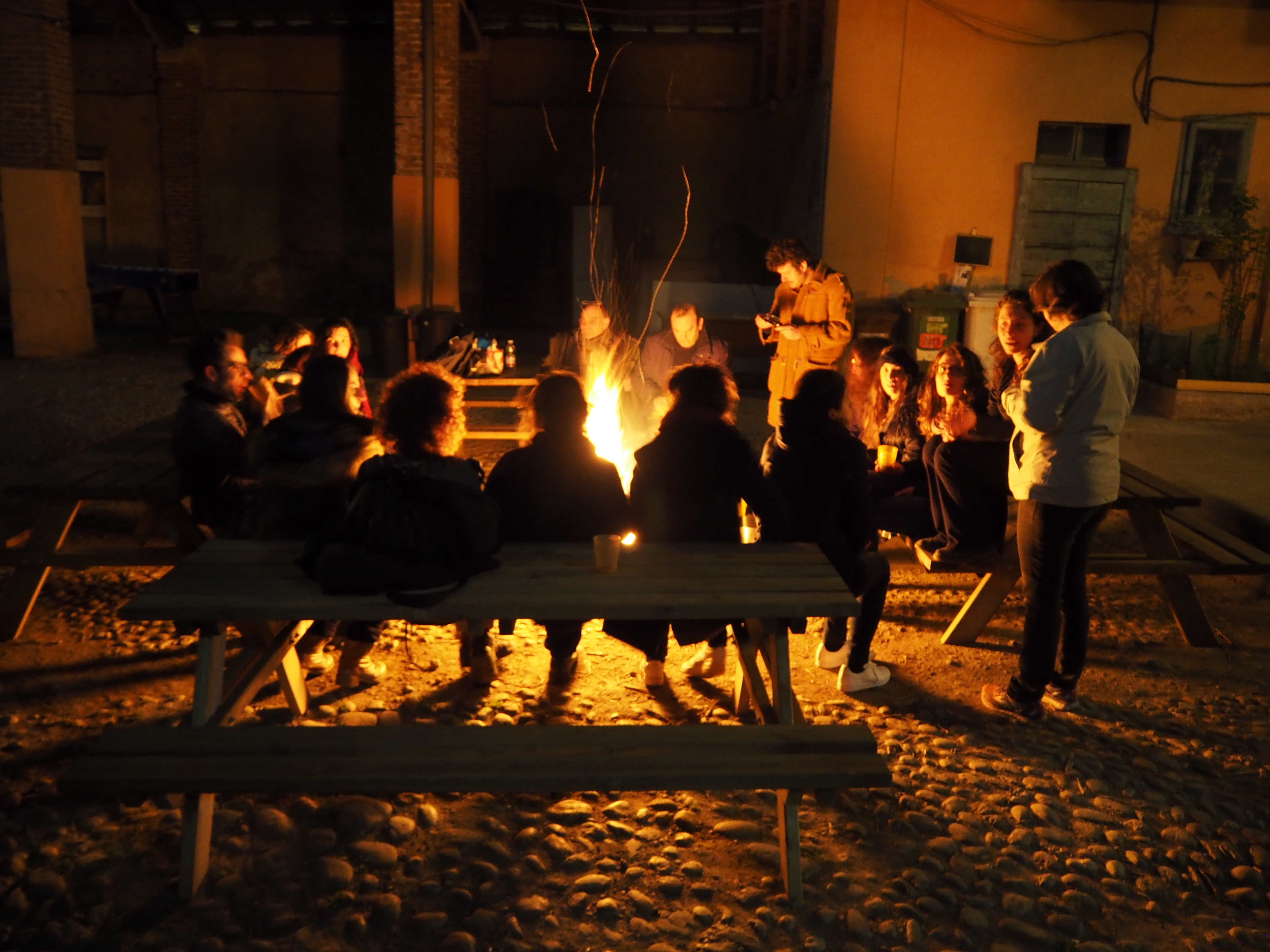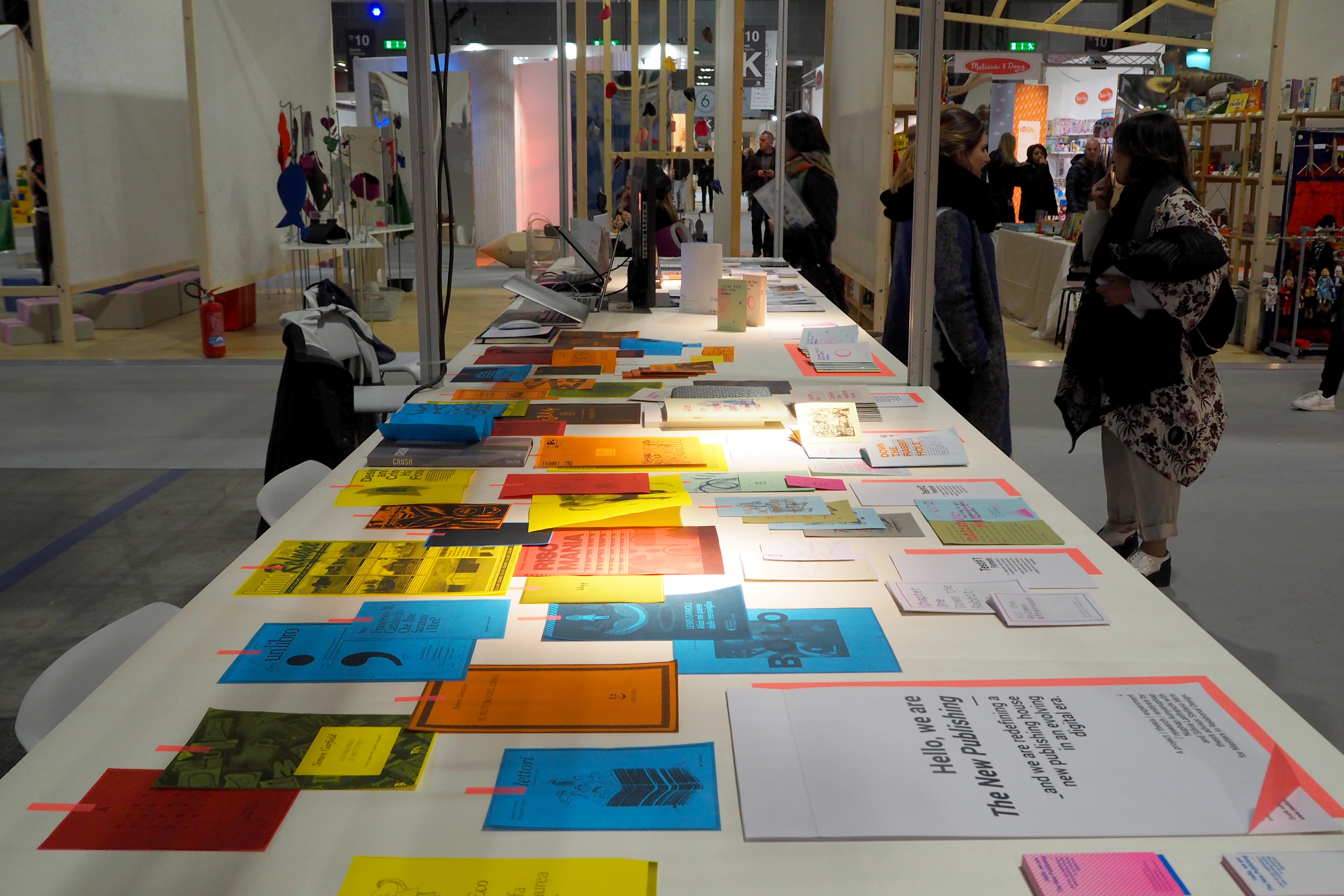Fosca Salvi è una progettista con un background in Comunicazioni Visive e Multimediali. Si occupa di progetti a cavallo tra il digitale e l’analogico, tra social media e formazione da Idlab Studio e cura Lapis, la Social TV della Scuola Superiore d’Arte Applicata di Milano.
1. INTERACTION DESIGN FOR DUMMIES
Sei una interaction designer: ti occupi, cioè, delle interazioni uomo-macchina. Dobbiamo immaginarti a caccia di androidi come Harrison Ford in Blade Runner?
Direi che il mio lavoro non è esattamente lo stesso dell’agente Deckard, ma se ne vedono comunque di tutti i colori. L’interaction designer si occupa di progettare le interazioni tra un utente (l’umano) e un’interfaccia (la macchina). Questa interfaccia può avere forme e supporti diversi: ho progettato macchine del caffè con schermi 128×64 pixel, macchinari medici di altissima precisione, applicazioni per smartphone che controllavano elettrodomestici e una miriade di siti web. Negli anni il mio lavoro è cambiato molto, da “pixel-pusher” – come definiva i designer un mio collega olandese – sono diventata sempre di più la coordinatrice di progetti a cui lavorano altri “pixel-pusher”.
2. (VIDEO) CONTENT IS KING
Tra IG TV, Stories, TikTok, dirette streaming e da poco anche i Reels, da alcuni anni i contenuti video sono diventati i veri protagonisti dei social. Quali cambiamenti o evoluzioni ha portato il lockdown nell’utilizzo delle varie piattaforme?
Credo che il cambiamento principale lo si trovi nell’attitudine delle persone ad utilizzare queste piattaforme. Prima del lockdown si facevano una o due videoconferenze alla settimana, tutto il resto erano telefonate “normali” o incontri di persona. Ora se non si fa una chiamata con almeno altre due persone presenti in simultanea ci sembra di non star producendo abbastanza. Durante il periodo di quarantena c’è stato sicuramente un picco di entusiasmo nella fruizione di contenuti video (sia in videocall che in streaming), passavamo il nostro tempo davanti al computer 24 ore su 24. Poi pian piano le persone hanno risentito un po’ di questa sovraesposizione e hanno cercato di ridurre e spendere meglio il tempo passato davanti allo schermo, dedicandosi solo ad attività necessarie o veramente interessanti. Quello che ci è rimasto di questo periodo è però di grande valore: abbiamo capito che non è strettamente necessario recarsi sul luogo di lavoro per lavorare; la formazione ha subito un cambiamento drastico – secondo me in meglio – aprendosi a una moltitudine di nuove possibilità e siamo diventati tutti estremamente puntuali agli appuntamenti 🙂
.
3. DO IT YOURSELF
Curi Lapis, la Social Tv di SUPER. Che consiglio daresti a chi vuole cimentarsi nella sua prima diretta streaming?
Verificare di avere banda!
Scherzi a parte, la diretta streaming è un mezzo velocissimo e semplicissimo per condividere ciò che si sta facendo. Se il contenuto è buono, l’unica cosa che a cui si deve prestare attenzione sono i mezzi tecnici a disposizione. È importante avere una buona connessione internet, cavalletto, microfono, una buona illuminazione, un’inquadratura che permetta di vedere in modo chiaro ciò che si sta facendo. Durante il lockdown abbiamo tutti fatto il pieno di lezioni di yoga e di fitness su YouTube: ecco, queste sono proprio l’esempio perfetto, qualità e tecnica altissime! Con Lapis non abbiamo inventato un metodo inedito di fare lezione, ma abbiamo applicato alla pittura e al disegno metodi già rodati in altre discipline. La parte più difficile, nel nostro caso, era il coordinamento dei docenti che, ognuno da casa propria e ognuno con mezzi diversi, doveva trasmettere online i propri saperi mantenendo una una buona qualità del contenuto video.
Il corso Super Social TV si terrà a marzo 2021, in modalità blended con didattica online e con un workshop a Milano, da SUPER, da giovedì 18 a domenica 21.
▶ Scopri di più
Info e iscrizioni:
▶ info@relationaldesign.it

